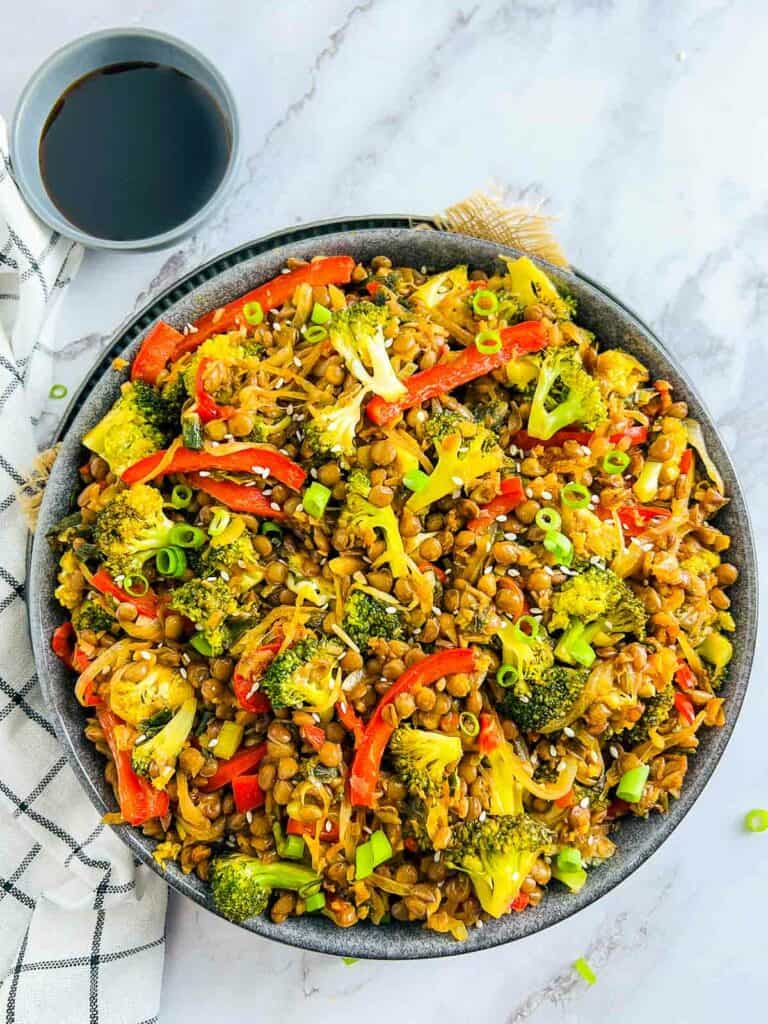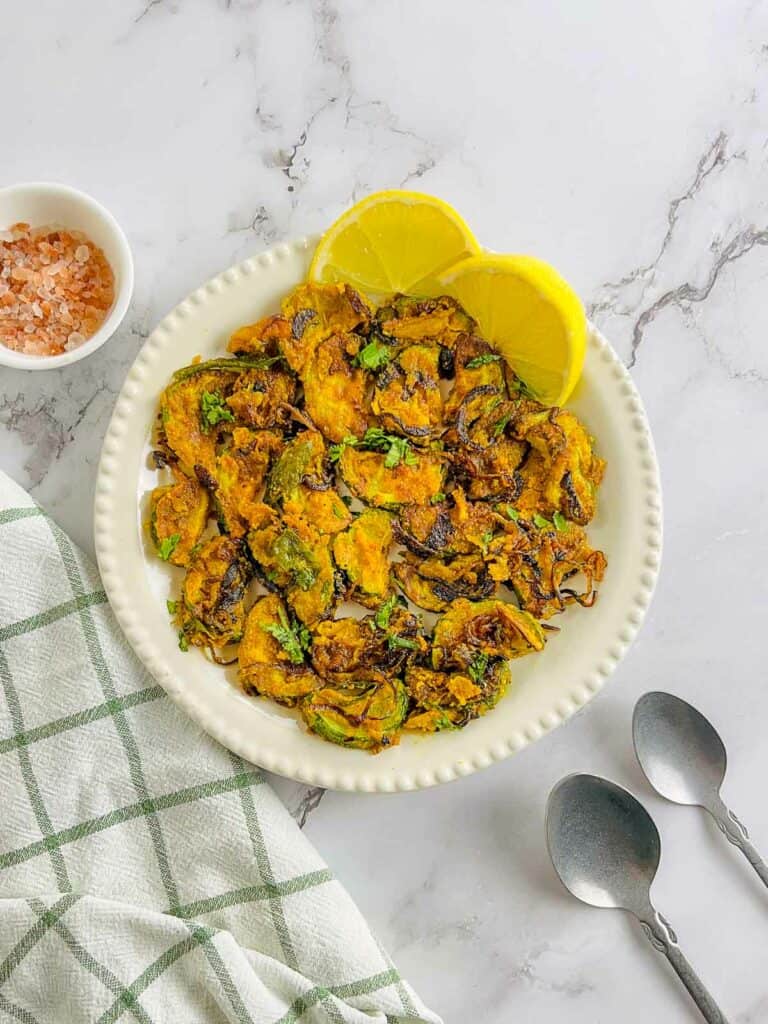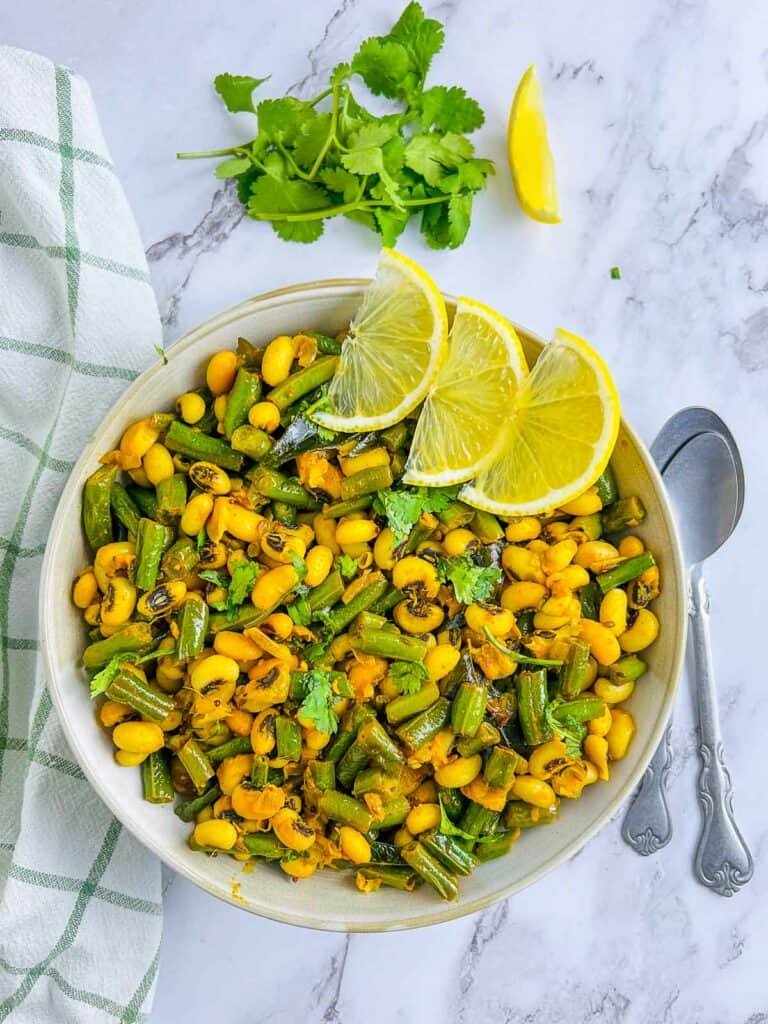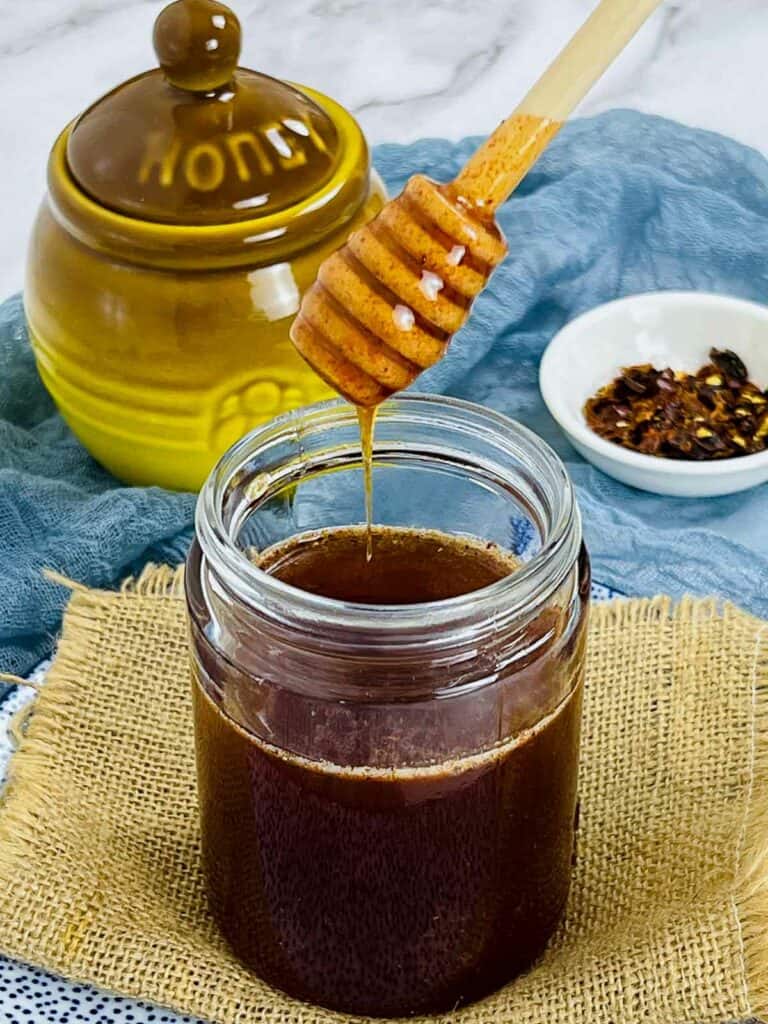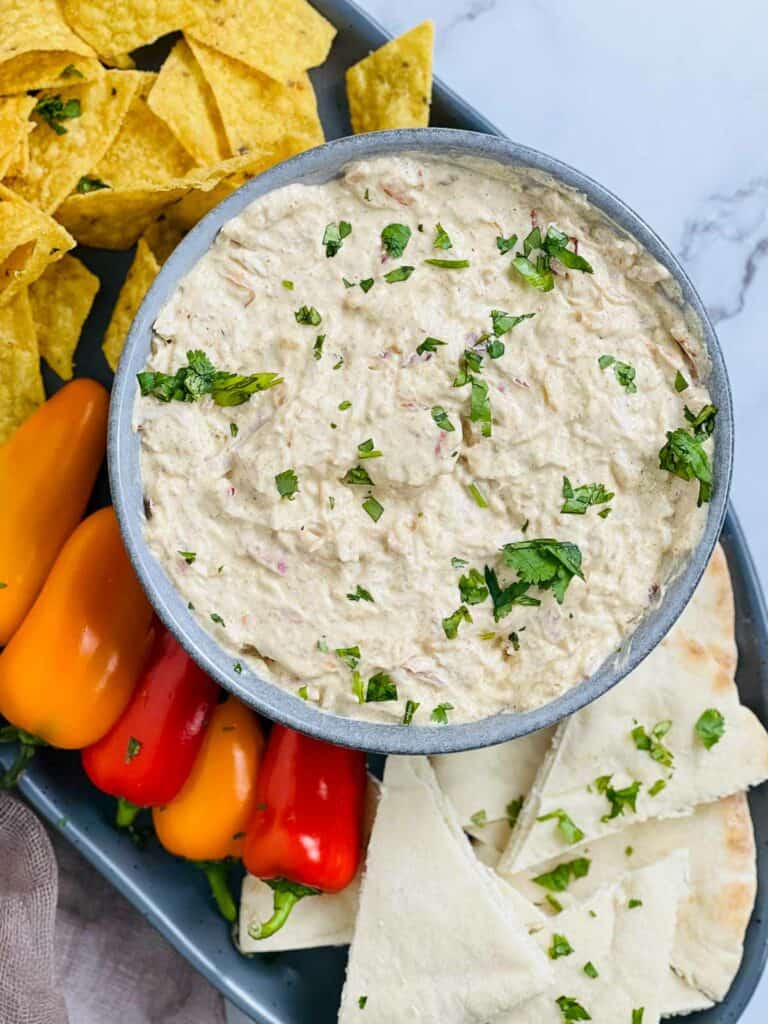Black-Eyed Peas Made Simple: The Ultimate Cooking Guide
Black-Eyed Peas are a flavorful and protein-rich legume enjoyed year-round. This guide explores four methods for cooking them, from the classic stovetop simmer to the time-saving pressure cooker. Each method yields perfectly tender beans, ready to be enjoyed in a variety of dishes.
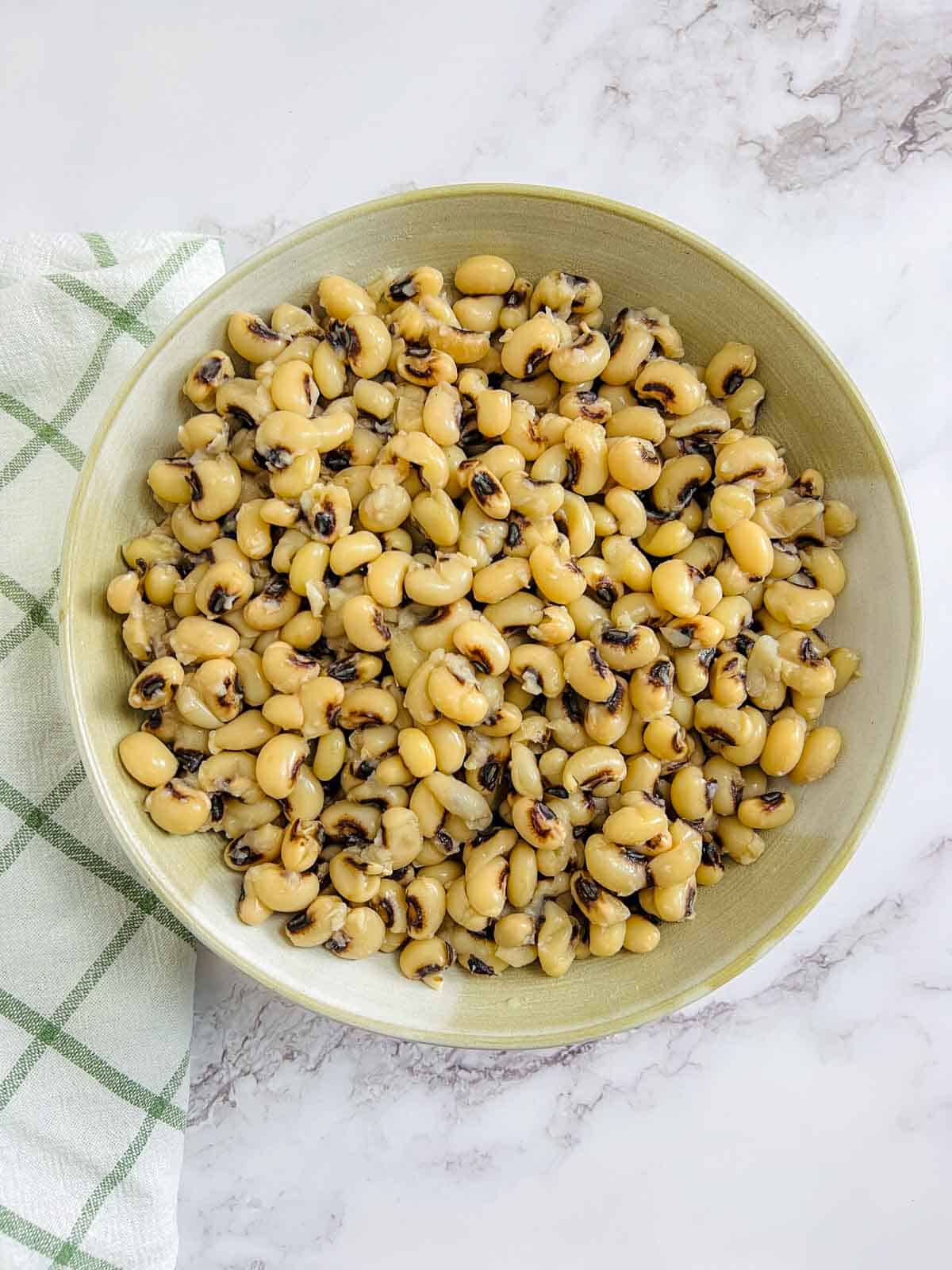
Disclosure: This post may contain affiliate links. This means I get a small commission if you decide to make a purchase through my links at no extra cost to you.
In this recipe guide, I am sharing four methods for preparing and cooking black-eyed peas, a versatile legume enjoyed in various cuisines. I will also cover both traditional long soaking and time-saving quick soak techniques to give you flexibility in your cooking schedule.
Each cooking method will help you achieve perfectly tender beans. Whether you prefer the familiar comfort of a stovetop simmer or the modern convenience of an Instant Pot, this guide equips you to master this pantry staple.
Once cooked, black-eyed peas can be enjoyed on their own, tossed into salads for added heartiness, or incorporated into soups and stews for a flavorful and satisfying dish.
Ingredients
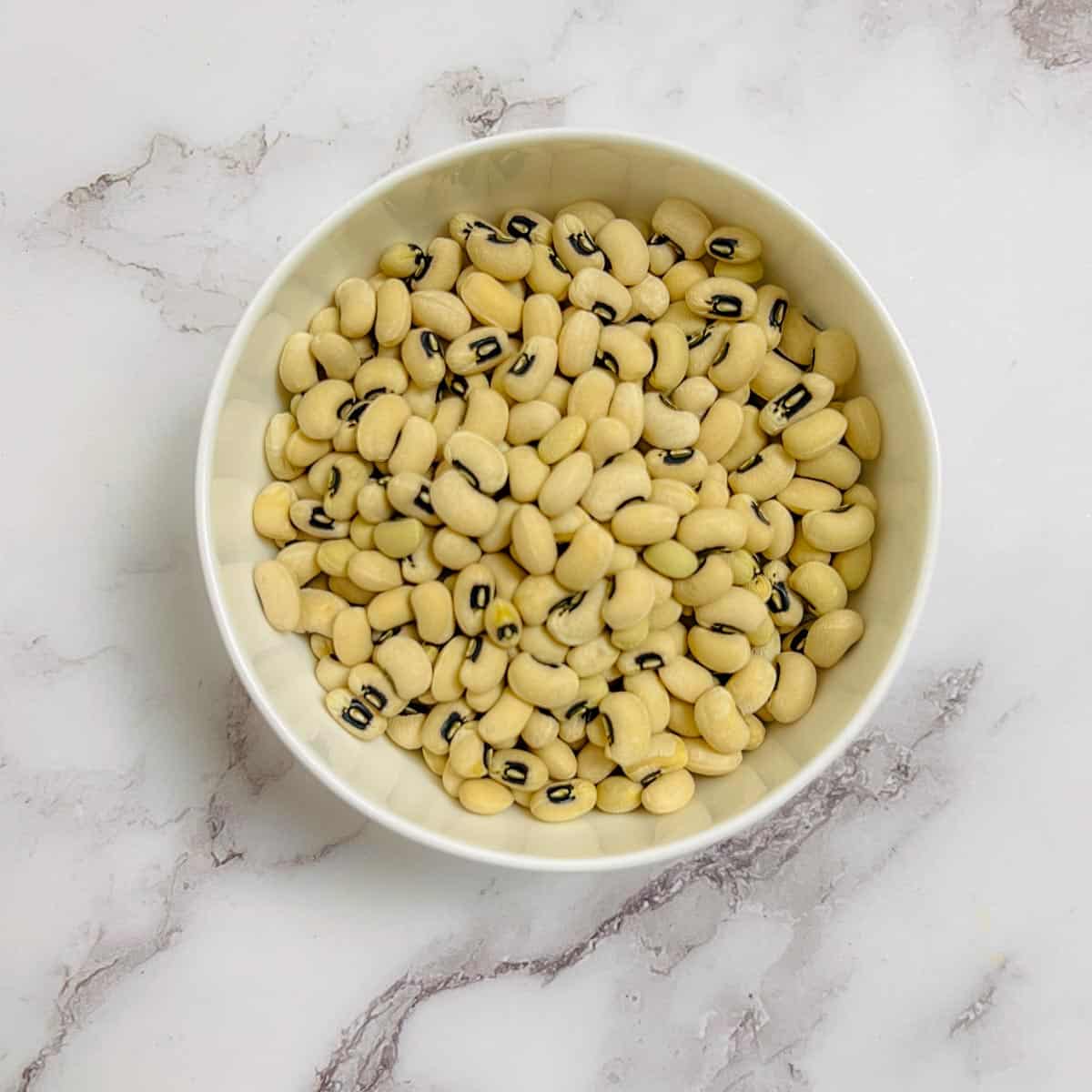
You will need dried black-eyed peas, salt, and water.
How to soak dried black-eyed peas
There are two ways to soak them – long soak and quick soak.
Put the black-eyed peas (or cowpeas) in a large bowl or pot and add sufficient water. The cowpeas absorb a lot of water and become almost triple in size after soaking, so it is important to add lots of water. Cover and let them soak for at least 6-8 hours (or overnight). Drain and rinse once soaked.
If you have not planned ahead, use the quick soak method. Take water in a large pot and bring it to a rolling boil. Once the water boils, turn off the heat and add the dried peas. Give it a quick stir, cover it, and let it sit for 30 minutes. Drain and rinse once soaked.
Step-by-step Instructions
Instant Pot
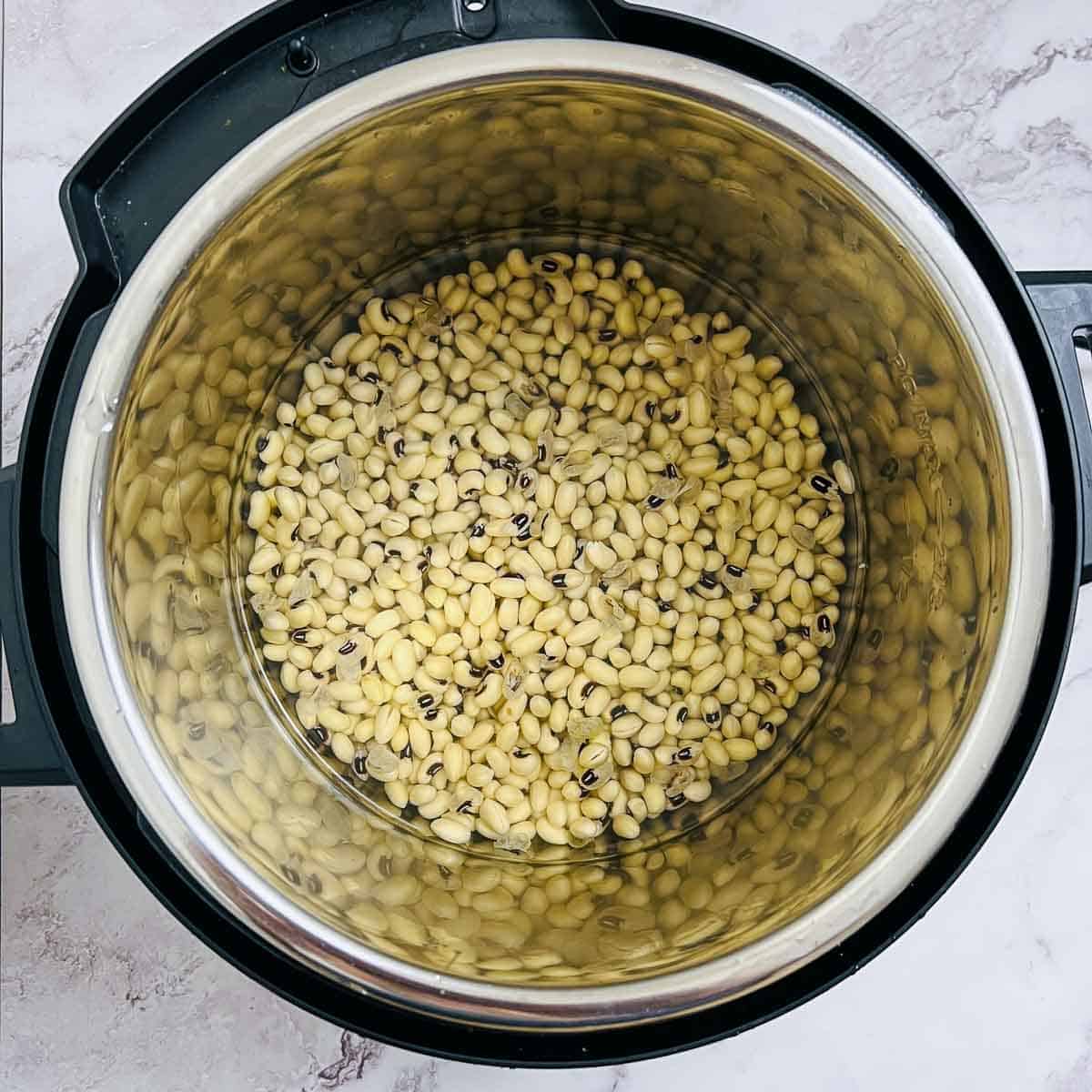
Step 1: Add the soaked black-eyed peas, four cups of water, and salt to the inner pot of the Instant Pot.
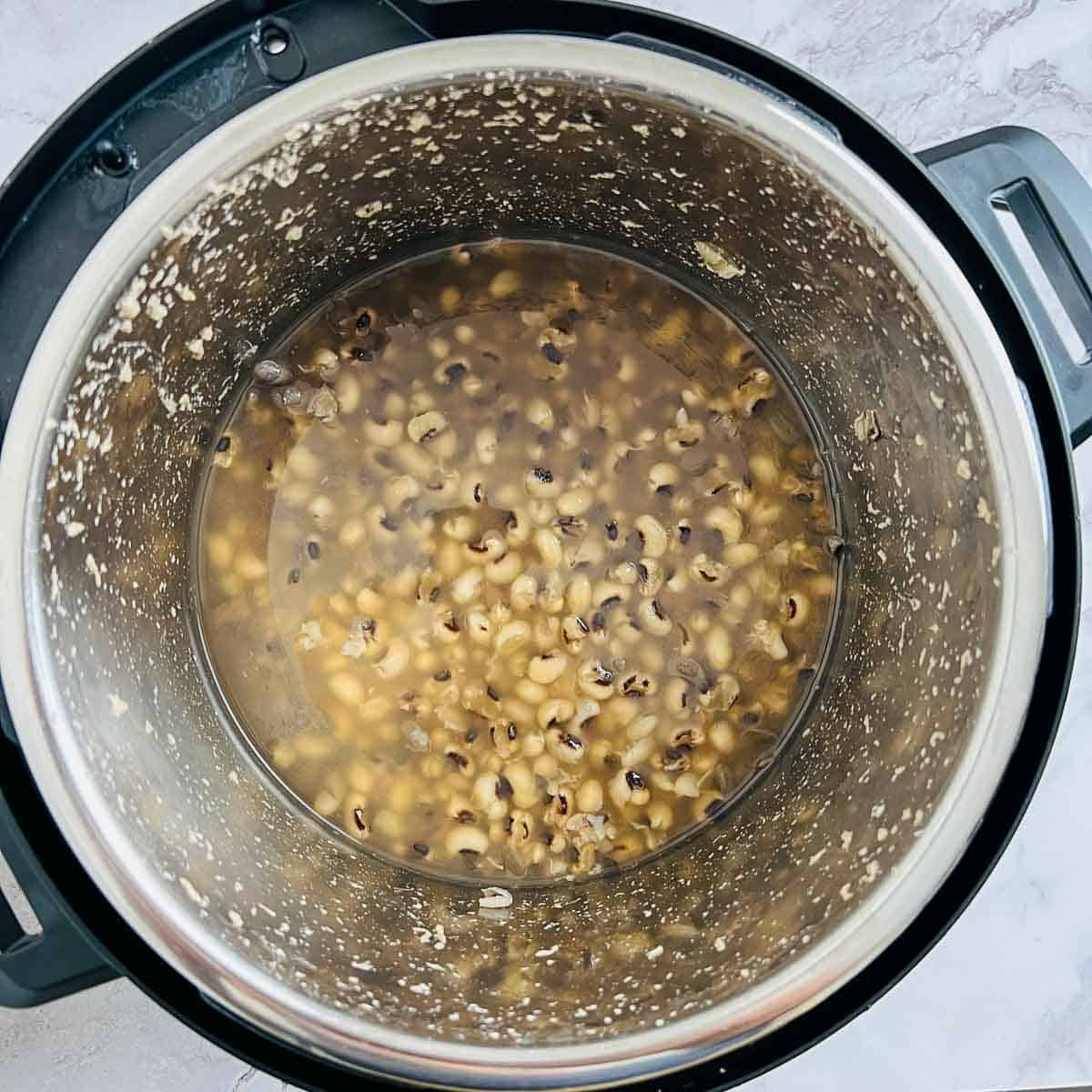
Step 2: Set the Instant Pot to pressure cook mode for 5 minutes. Let the pressure release manually for 10 minutes, then quickly release the remaining pressure.
Stovetop pressure cooker:
- Add the soaked black-eyed peas to the pressure cooker. Add six cups of water and salt. Place the cooker on high heat and let the pressure build.
- Cook for three whistles. This should take 12-15 minutes. Turn off the heat and let the pressure come down naturally. Release the pressure naturally.
Stovetop:
- Soak the cowpeas in a large pot and cover it with several inches of water. Add salt and stir quickly.
- Bring it to a boil and cover with a lid, leaving a small gap for the steam to escape. Simmer for 40-45 minutes or until the chickpeas are done to your liking. Check once every 15 minutes to ensure there is sufficient water.
- Unsoaked cowpeas can take from 1½ to 2 hours to be cooked.
Slow cooker:
- Add the soaked cowpeas and salt to the slow cooker. Pour enough water into the slow cooker to cover the chickpeas by about two inches.
- Set it to low and cook for 6 hours or until they’re tender to your liking. Check on them occasionally and add more liquid if needed.
Which Method is the Best?
There isn’t a single “best” method for cooking black-eyed peas, and it largely depends on personal preference and time constraints. Stove-top cooking gives control over the cooking process, allowing for easy monitoring of the peas’ texture. Pressure cookers and Instant Pot provide a faster cooking time, making them ideal for busy schedules. Slow cookers provide convenience and hands-off cooking. Ultimately, the best method is the one that aligns with individual preferences and time availability.
Expert Tips
- After soaking, rinse the cowpeas thoroughly under cold running water.
- Adding salt while boiling the black chickpeas will enhance their flavor.
- Reserve the cooking liquid. The flavorful cooking liquid can be used as a base for soups or stews.
How to use cooked black-eyed peas
Black-eyed peas are incredibly versatile after cooking. Enjoy them simply seasoned for a quick side dish, or add them to salads for a protein boost. I love this black-eyed peas salad, perfect for picnics and potluck. They can also be incorporated into soups, stews, or hearty chili.
Feeling creative? Mash them for fritters, stuff them in vegetables, or use them in casseroles for a satisfying meal. Don’t throw out the cooking liquid – it adds flavor to soups and stews.
Storage Tips
To store cooked black chickpeas, transfer them to an airtight container. It can be stored in the refrigerator for up to five days. They also freeze well and can be stored in the freezer for up to six months.
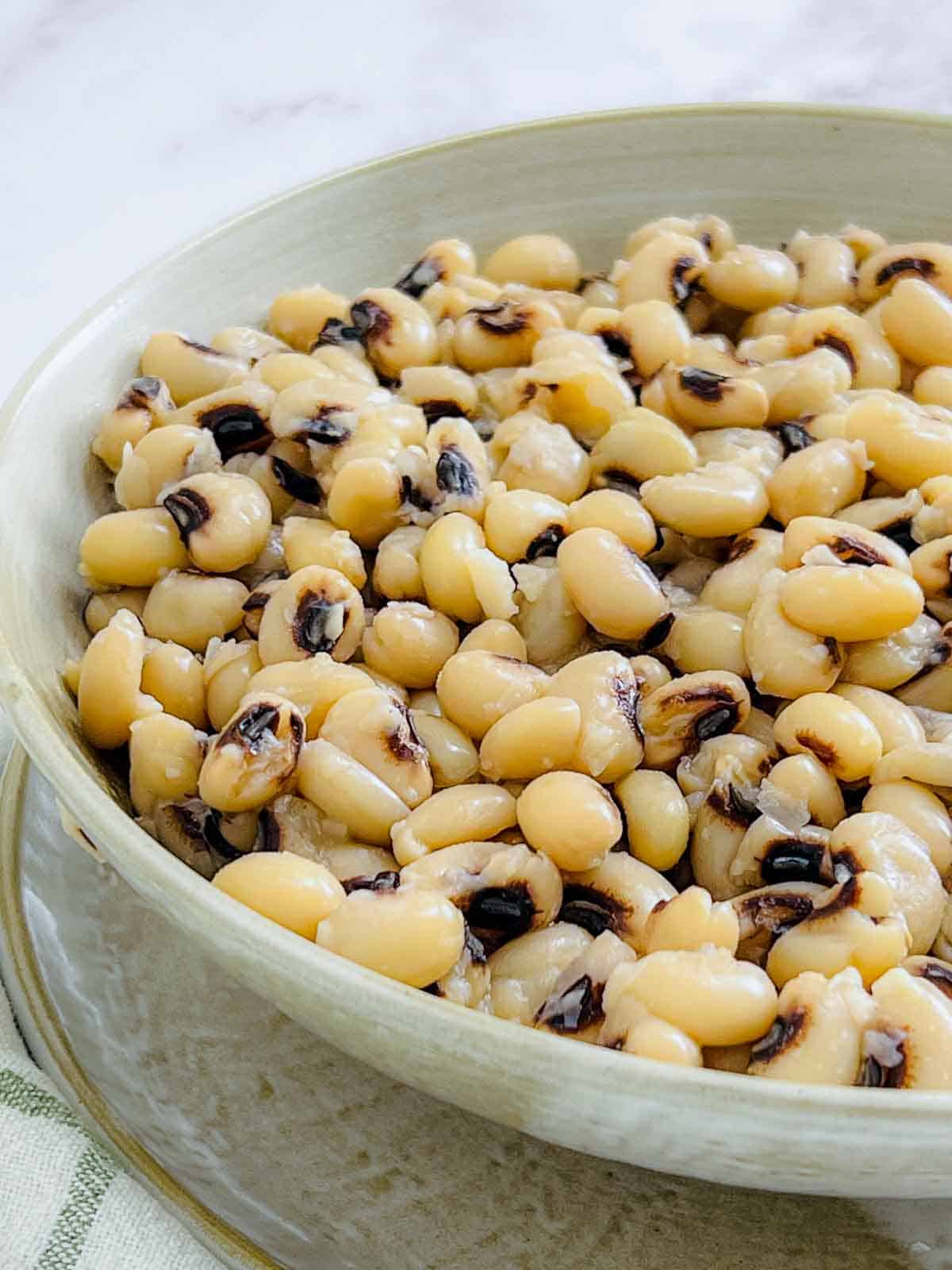
If you tried this guide on how to cook black-eyed peas or any other recipe on my website, please leave a 🌟 star rating and let me know how it went in the 📝 comments below.

Equipment
- Instant Pot OR
- Large pot OR
- Pressure cooker OR
- Slow cooker
Ingredients
- 2 cups black eyed peas
- Water depending on the cooking method
- 1 teaspoon salt
Instructions
- Pick any dirt or stones from the dried black-eyed peas. Give it a quick rinse.
Long Soak Method:
- Put the black-eyed peas in a large bowl or pot and add sufficient water. They absorb a lot of water and become almost triple in size after soaking. So, it is important to add lots of water.
- Cover and let it soak for at least 6-8 hours (or overnight). Drain and rinse once soaked.
Quick Soak Method:
- Take water in a large pot and bring it to a rolling boil. Once the water boils, turn off the heat and add the dried black-eyed peas.
- Give it a quick stir, cover it, and let it sit for 15 minutes. Drain and rinse once soaked.
Instant Pot Method:
- Add the soaked black-eyed peas to the inner pot of the Instant Pot. Add four cups of water and salt.
- Secure the lid and set the Instant Pot to pressure cook mode for 5 minutes. Let the pressure release manually for 10 minutes, then quickly release the remaining pressure.
- For unsoaked beans, pressure cook for 20 minutes. Let the pressure release manually for 10 minutes, then quickly release the remaining pressure.
Stovetop Method:
- Take soaked cowpeas in a large pot and cover with several inches of water. Add salt and give it a quick stir.
- Bring it to a boil and cover with a lid, leaving a small gap for the steam to escape. Simmer for 40-45 minutes or until the chickpeas are done to your liking. Check once every 15 minutes to ensure there is sufficient water.
- Unsoaked cowpeas can take from 1½ to 2 hours to be cooked.
Stovetop Pressure Cooker Method:
- Add the soaked black-eyed peas to the pressure cooker. Add six cups of water and salt.
- Cook on high for three whistles. Turn off the heat and let the pressure come down naturally.
- For unsoaked cowpeas, cook on high for three whistles. Reduce the heat to medium and cook for 10 minutes. Turn off the heat and let the pressure come down naturally.
Slow Cooker Method:
- Add the soaked cowpeas and salt to the slow cooker. Pour enough water into the slow cooker to cover the chickpeas by about two inches.
- Set it to low and cook for 6 hours or until they're tender to your liking. Check on them occasionally and add more liquid if needed.
Notes
- After soaking, rinse the cowpeas thoroughly under cold running water.
- Adding salt while boiling the black chickpeas will enhance their flavor.
- Reserve the cooking liquid. The flavorful cooking liquid can be used as a base for soups or stews.

